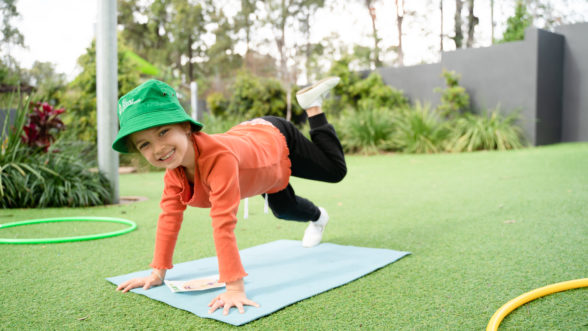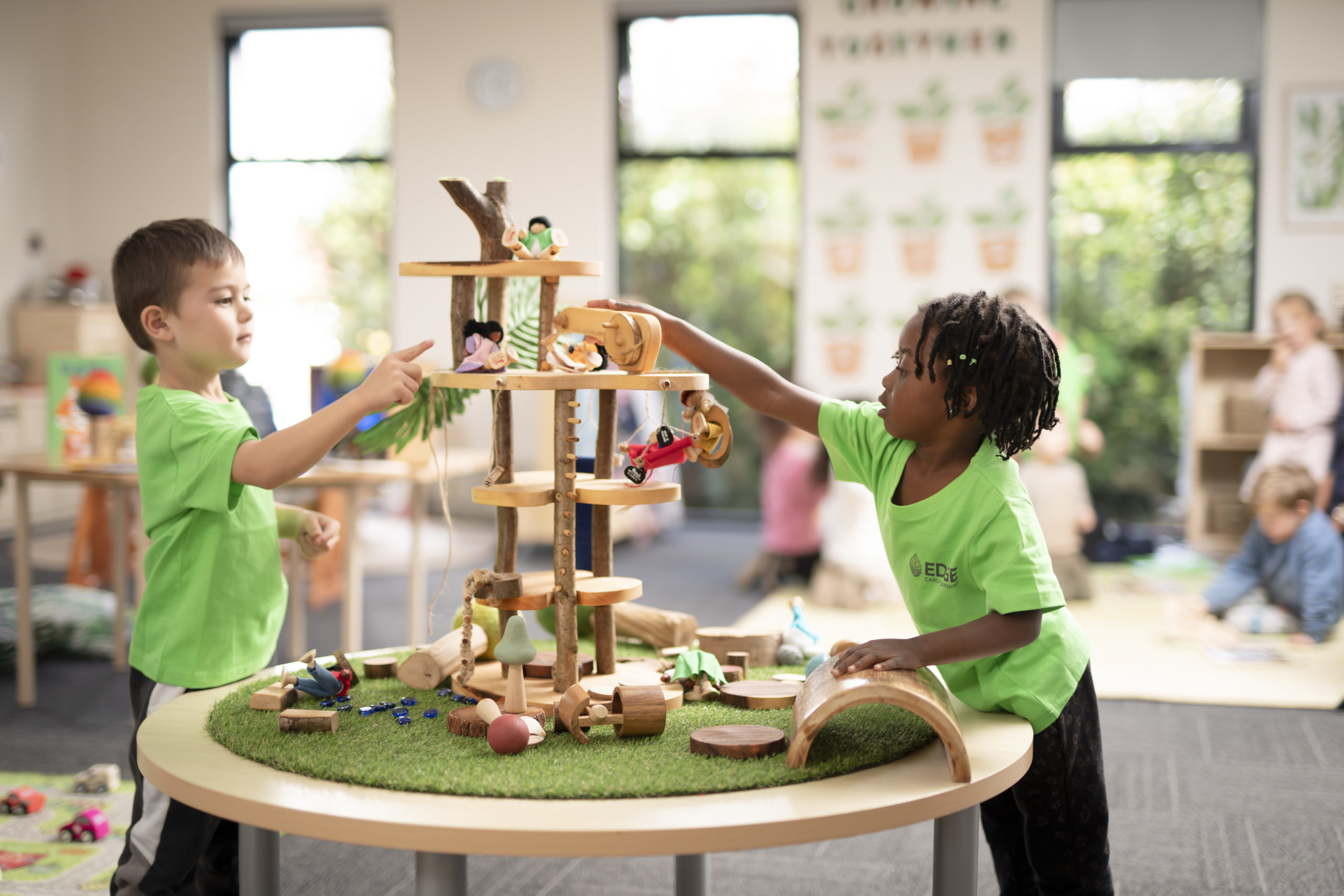
Wellbeing
Education, Wellbeing
12 February, 2025

Setting boundaries helps guide children in how to interact with others. It sets a standard for how they should treat others and how they would like to be treated. Boundaries help children to get along with their peers and make friends because they learn to think about other people’s feelings and empathise with them. This self-awareness also helps them to recognise situations when their boundaries have been crossed and empowers them to stand up for themselves.
Social and emotional development:
Boundaries help children to build healthy relationships with their peers and adults. For example, when parents let children know it’s not okay to interrupt conversations, children learn to show respect for other people’s ideas and opinions and to expect the same for themselves.
Building responsibility:
Setting boundaries teaches children about responsibility and accountability. When children are called out for rudely interrupting a conversation, they learn there are natural consequences for their behaviour, such as having to wait even longer to make their request while being reproached.
Developing self-discipline:
Teaching children to wait in line, take turns or ask before playing with someone else’s toys are examples of boundaries that help children develop self-discipline and impulse control.
Respect for others:
Perhaps visiting Grandma means taking your shoes off outside or using coasters under cups at the dinner table. Children learn to respect other people’s boundaries and their property when there are different boundaries for children in different settings.
Fostering independence:
It can be tempting (and undoubtedly quicker!) to step in and buckle your child’s shoes for them or choose what they will wear to kindy. However, children develop independence and decision-making skills when they are allowed to do age-appropriate tasks by themselves. For occasions when it matters what children wear, appropriate boundaries for children could mean giving them a choice between one of two acceptable outfits.
Learning right from wrong:
Setting boundaries provides a framework to guide children in understanding moral and ethical principles. Gentle correction and positive reinforcement are effective, respectful ways to emphasise correct behaviour.
Examples of boundaries with children
Parents and caregivers often implement age-appropriate boundaries instinctively, while other boundaries may require more thought or adaptation as children grow and develop. Parents and caregivers may find it helpful to set explicit boundaries with children around the following:
How to set healthy boundaries with children
There are simple tactics parents can use when setting boundaries for children including:
More information
Parents and caregivers are invited to explore the extensive collection of resources about parenting and child development at the Edge Early Learning blog.